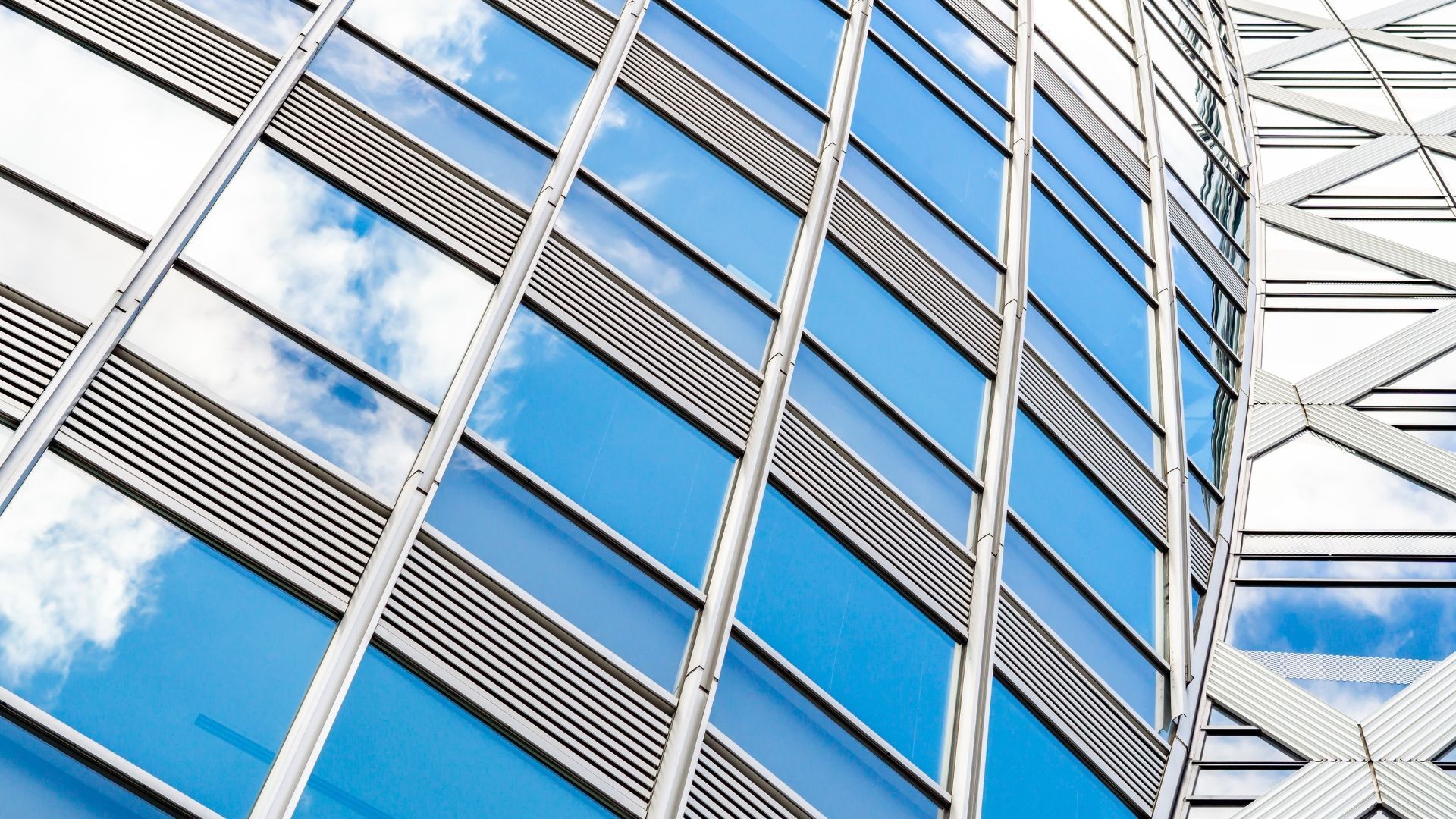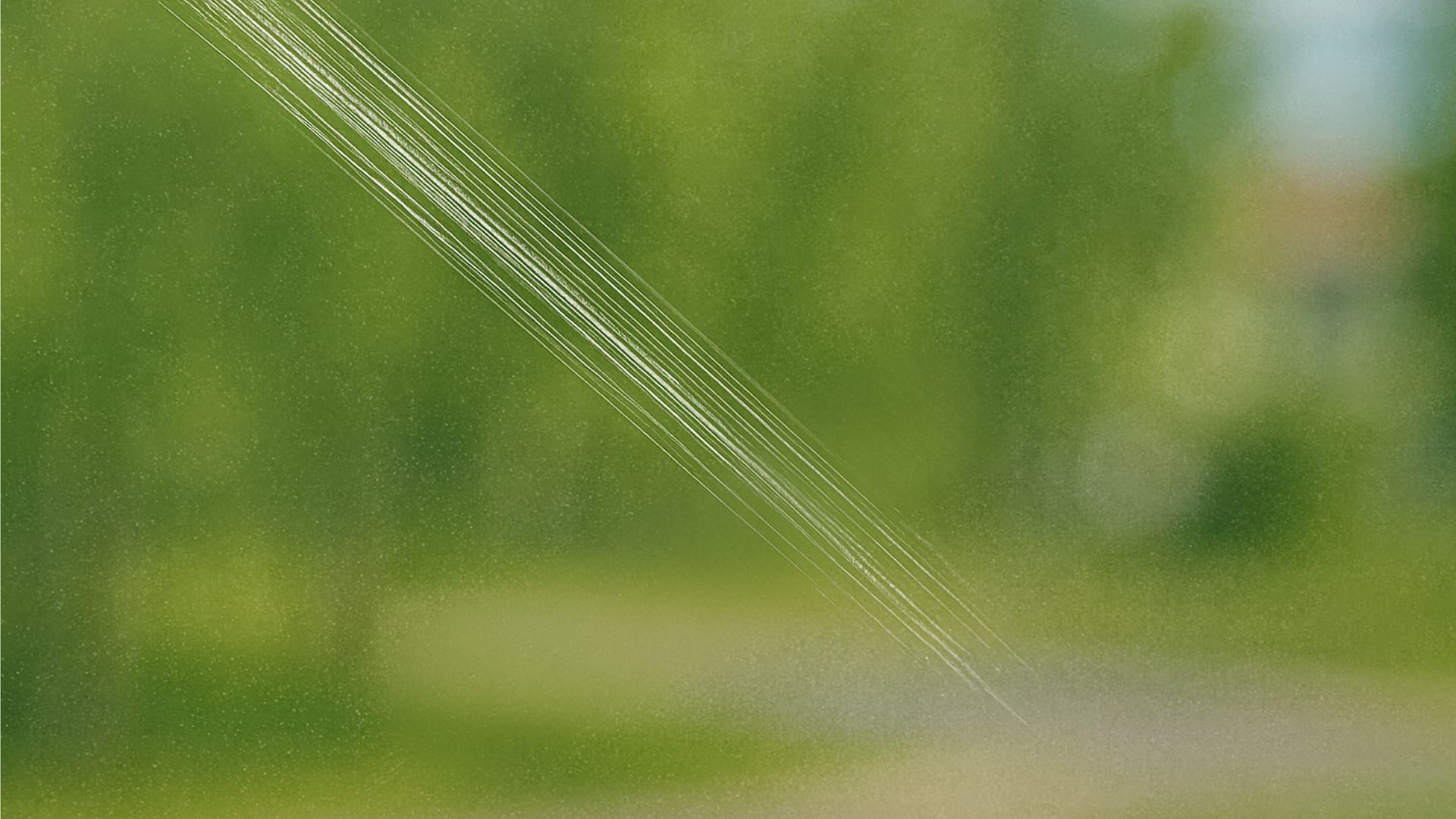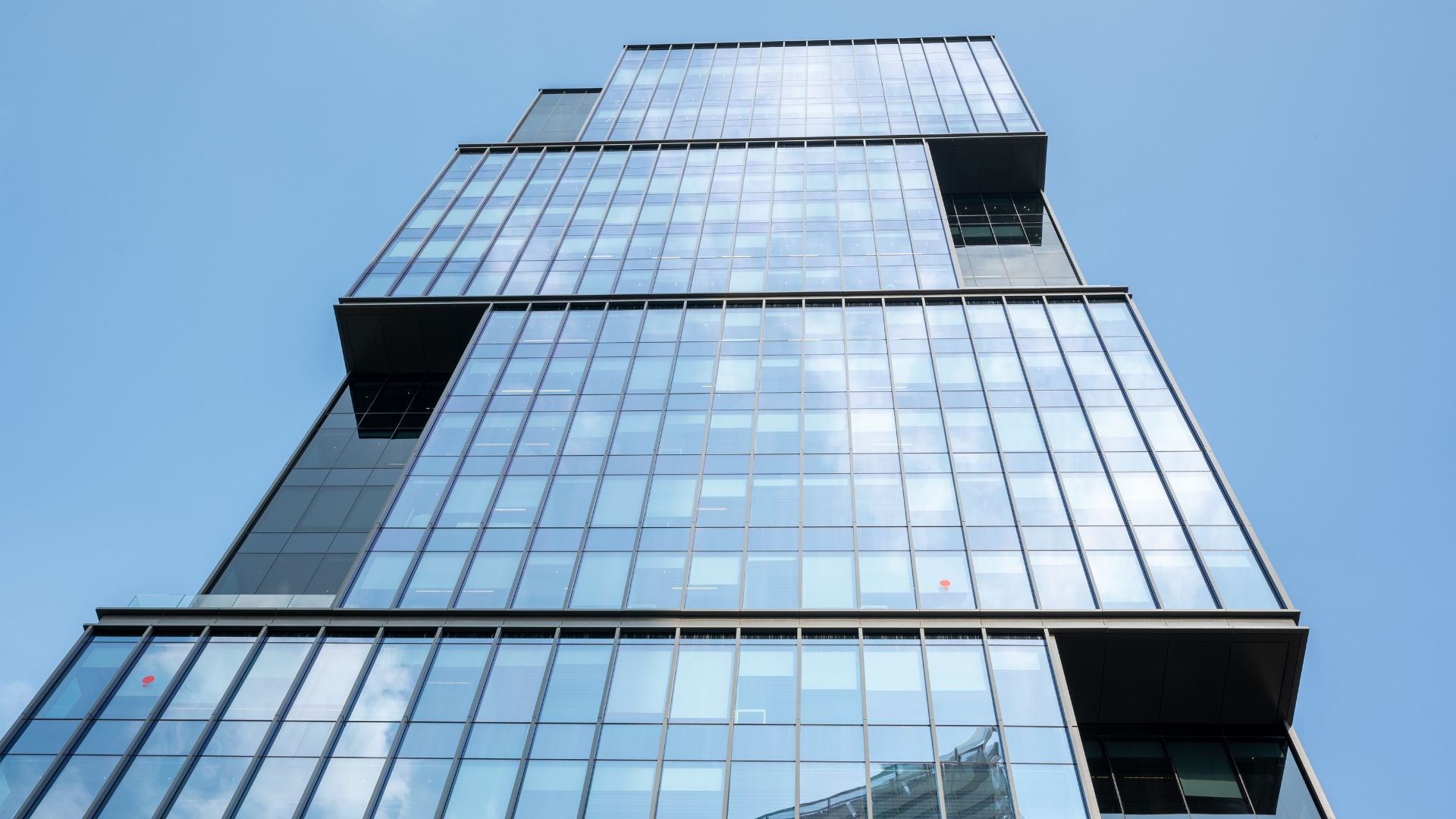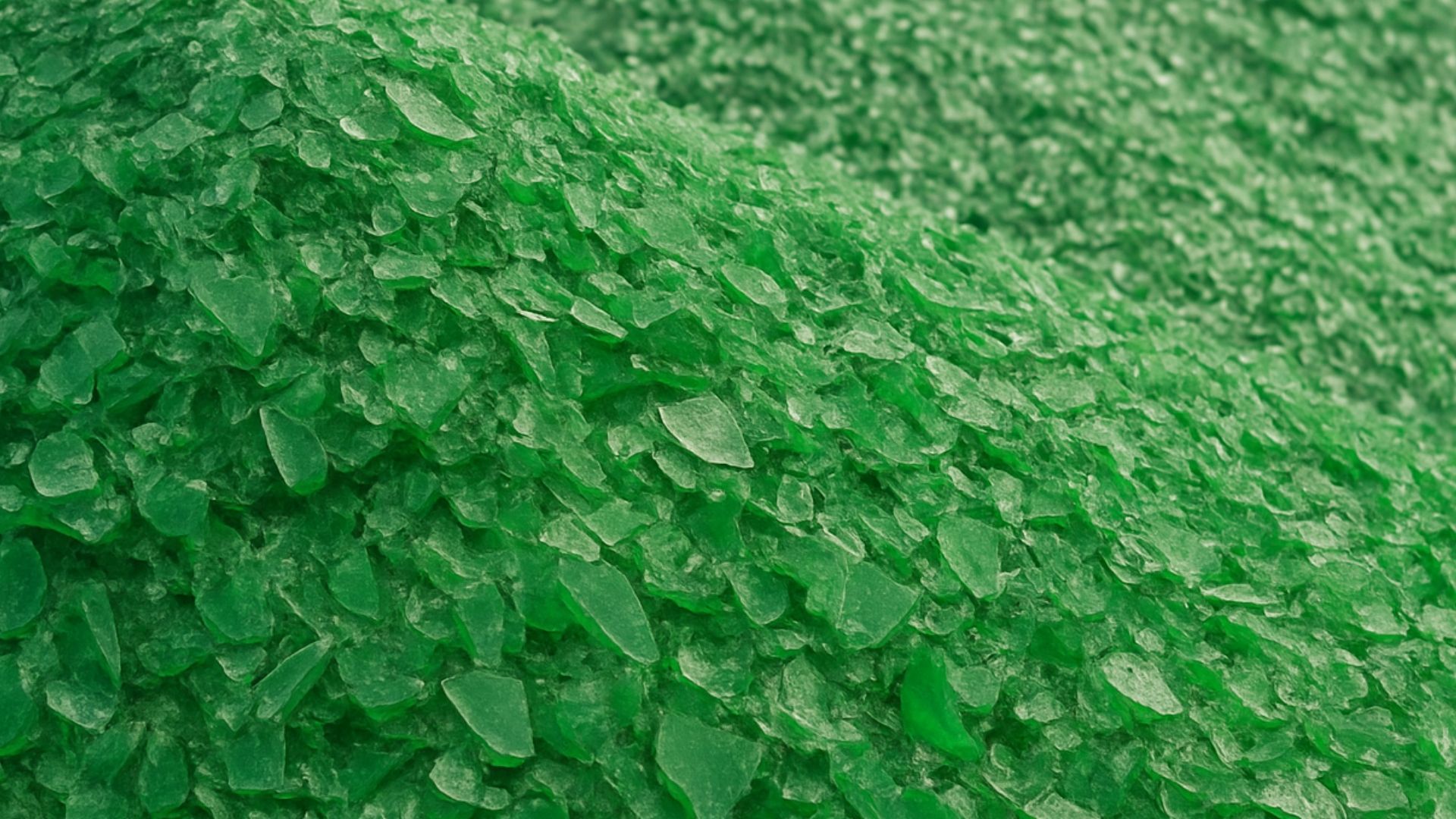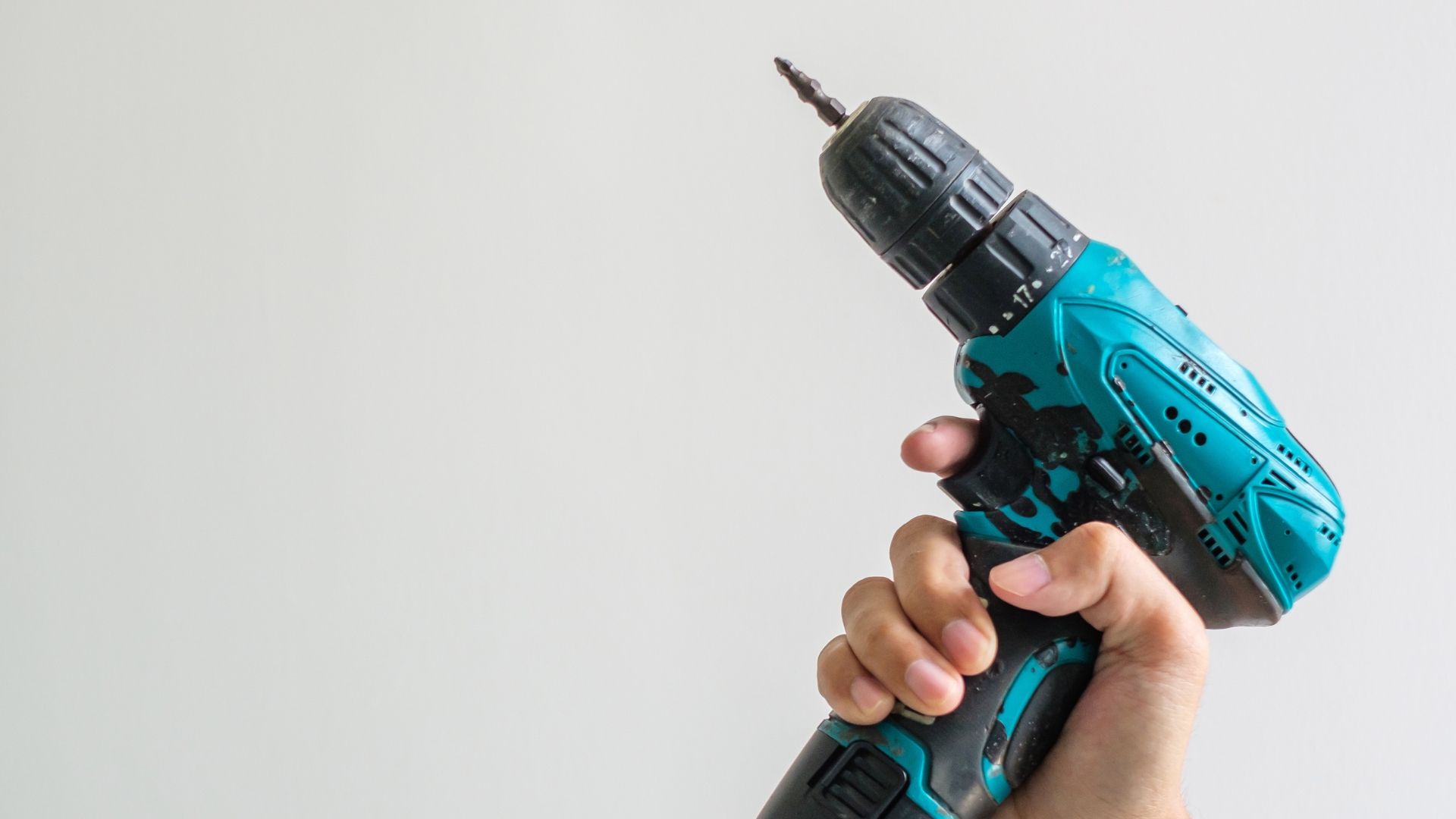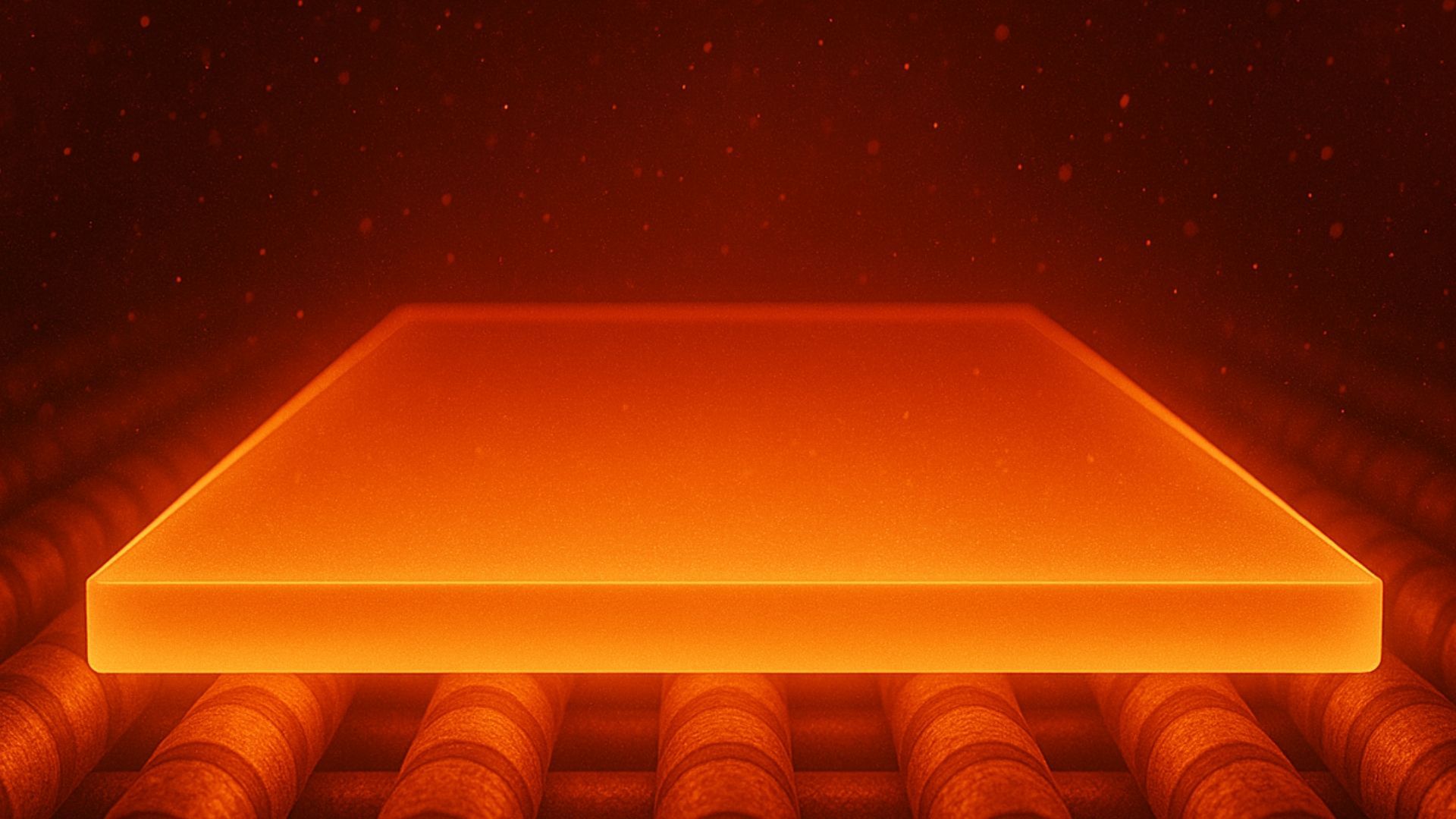素晴らしいステンドグラス効果:その見た目を実現する5の方法
このブログを共有する:
ステンドグラスのような見た目がお好きですか?強化ガラスや合わせガラスを使ってステンドグラスのような効果を実現する方法を学びましょう。
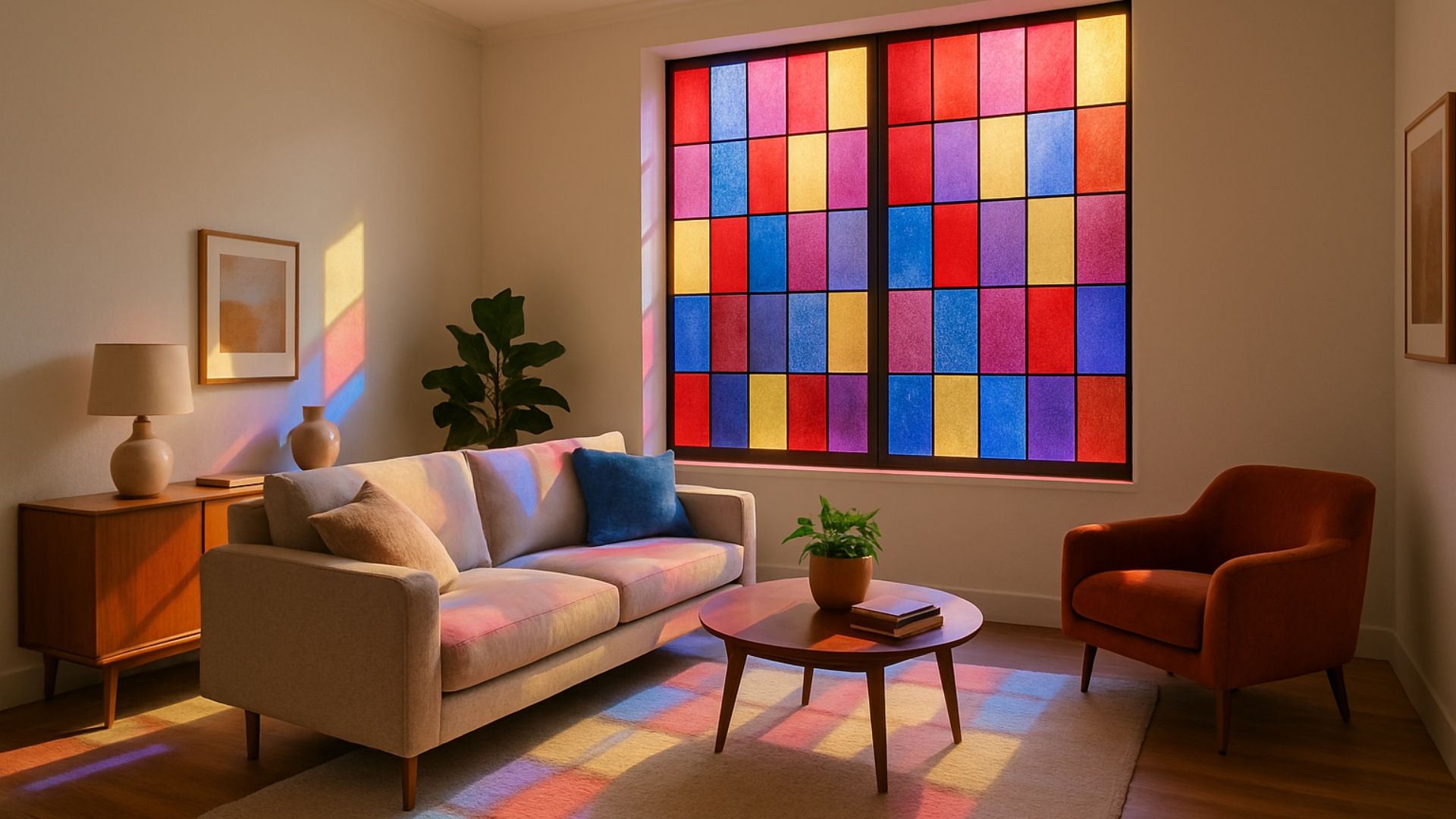
ステンドグラスは、壮大な大聖堂に使われていても、質素な玄関の窓に使われていても、美しい光景です。しかし、一つ確かなのは、制作には多大な時間と労力、そして資源が必要であるということです。
ステンドグラス職人はガラス片を形に合わせて切り出し、鉛の帯でつなぎ合わせます。そして、新しいガラス片に色を塗り、焼成し、枠に取り付けます。
では、手間をかけずにステンドグラスのような効果を実現したい場合はどうすればいいでしょうか?市場にはステンドグラスの模造品がたくさんあります。しかし、この最も望ましい効果を実現するには、もっとクリエイティブな方法もあります。
ステンドグラスの美しさの一つは、一つ一つの作品が唯一無二であることです。どんな素材を使っても、デザインは完全にオリジナルでも、既存のデザインでも、あるいはその中間でも構いません。
リビングルームをシャルトル大聖堂に変身させたり、独創的なデザインでカラフルな光を家の中に取り込んだりできます。オフィス、ショップ、その他の商業施設を、色とりどりの安らぎの空間に変えることもできます。
It's yet another example of just how versatile glass can be. All you need is a vision – and a
specialist glass supplier to turn it into reality.
それでは、これ以上お待たせせずに、ステンドグラスのような外観を実現する 5 つの方法をご紹介します。
1。装飾用LEDガラス
Imagine a piece of wall art or an expanse of wallpaper that radiates light. What you've imagined is
decorative LED glass, sometimes known as "illuminated glass" or "edge-lit glass".
超薄型ユニットの端からLED電球が点灯します。1本のLEDストリップで、高さ2.7メートルのガラスユニットを照らすことができます。
A stained glass-style pattern can then be
digitally printed onto the glass. The combination of this pattern and the LEDs creates gorgeous refractive patterns that are sure to attract comment and admiration.
しかし、装飾用LEDガラスのセールスポイントは美しさだけではありません。ほぼどこにでも設置でき、従来の蛍光灯よりもはるかにエネルギー効率に優れています。

2。正方形に配置された色付きのラミネート窓
ステンドグラスの特徴の一つは、様々な形が組み合わさり、調和のとれた色彩豊かな空間を作り上げていることです。現代の強化ガラスでも同じことができますが、それは時間とお金に余裕がある場合に限ります。
A more practical alternative is to arrange
coloured laminate windows in squares. Each window is made of laminated glass, bonding a coloured interlayer between two sheets of glass. This gives you a contemporary twist on a classic design, suggesting stained glass without spelling it out.
さらに、合わせガラスは非常に頑丈です。割れてもひびは入りますが、粉々に砕けることはありません。そのため、フェイクステンドグラスが損傷する可能性は低いので、安心してご利用いただけます。
3。布のラミネート加工
合わせガラスは通常、2枚のガラス板の間にプラスチック製の中間膜を挟んだ構造です。この中間膜は着色または多色化が可能で、デザインの美しさとガラス板の構造的な堅牢性を兼ね備えています。
But it's not just plastic that can be laminated. You can also sandwich
fabric interlayers between those panes of glass. This protects and frames the fabric, increasing its longevity and adding to its aesthetic appeal.
ラミネート加工できる布の種類はほぼ何でも構いません。ステンドグラスのような風合いを出すには、フェルト、モスリン、キルティング生地などがおすすめです。これらの効果と同様に、デザインはお好きなようにアレンジできます。限界はあなたの想像力だけです。
4。バックライト付きガラス
名前が示すように、バックライトガラスは背面から照らされたガラスであり、通常は LED で実現される効果です。
ステンドグラスの最も印象的な特徴の一つは、光が透過し、豊かな色彩と模様を照らす様子です。この現象は、壁面装飾、ガラスアート、その他のインスタレーションなど、半透明のガラス模様の背後にLEDを設置することで再現できます。
5。ガラスへのデジタル印刷
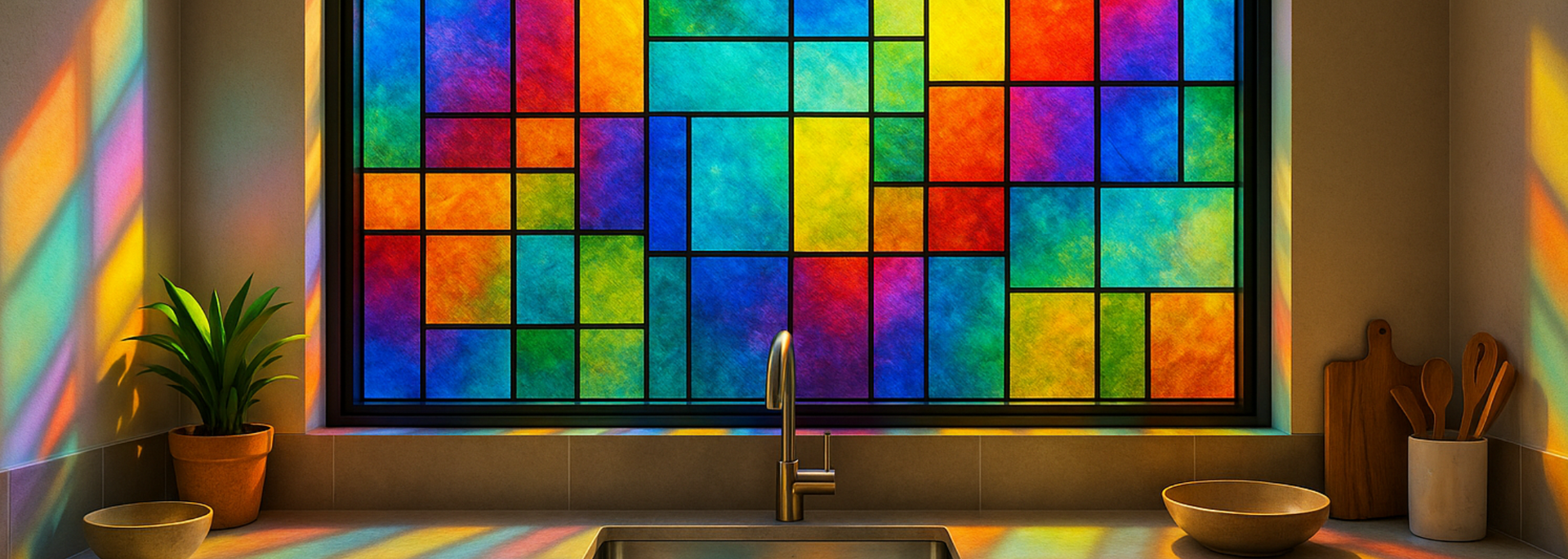
Digital printing on glass has come a long way in recent years. These days, there's no reason why you shouldn't have a design printed onto glass to photorealistic quality – a design, moreover, which will last for as long as the glass itself.
太陽光の下で、どんなデザインでもガラスに印刷できます。ステンドグラスのような効果を出したいなら、ステンドグラスのデザイン画像をデジタル印刷してみてはいかがでしょうか?バックライトと組み合わせれば、ご自宅やオフィスの一角がまるでアートギャラリーの壁のように生まれ変わります。
There's also
screen printing on glass. This uses advanced inkjet technology to apply the design to the glass. As with digital printing on glass, the standards are high. At ToughGlaze, we use ceramic inks that are as vivid as they're long-lasting.
ステンドグラスとは何ですか?
ステンドグラスは、鉛の帯で接合された色ガラスの破片で構成されています。教会や大聖堂でよく見かけるステンドグラスですが、世俗的なインテリアデザインにも用いられています。
ステンドグラスは何世紀にもわたって存在してきました。現在知られている最古のステンドグラスは、イギリスのジャローにあるセント・ポール教会の小さな円形の窓で、7世紀に遡ります。
しかし、ステンドグラスの黄金時代は、12世紀から16世紀、いわゆる「ゴシック」時代であると広く考えられています。この時代、ヨーロッパではガラス製造技術と大聖堂建築の両面で大きな進歩が見られ、驚くべきステンドグラスの数々が生み出されました。
私たちがどのようにお手伝いできるか
ご自宅や商業施設にステンドグラス風の空間を演出したいとお考えなら、ぜひ当社にお任せください。LEDガラスの製造に加え、高級合わせガラスに布地や着色中間膜をラミネートすることも可能です。また、ステンドグラスのデザインをデジタル印刷やスクリーン印刷でガラスに施すことも可能です。
All our products are Kitemark-approved and meet BS EN standards. So, whatever kind of
decorative glass designs you're looking for, don't hesitate to
get in touch for a quick, competitive quote.
We'd be more than happy to talk you through your options.

